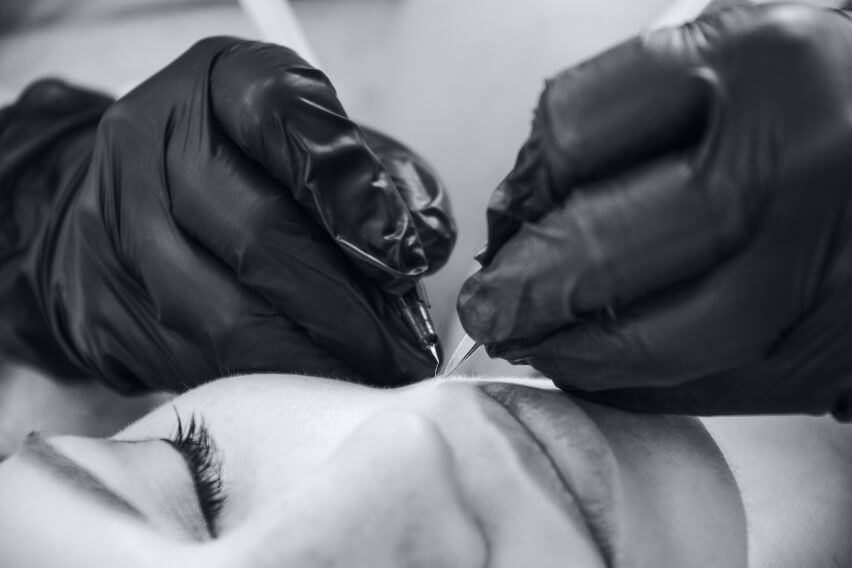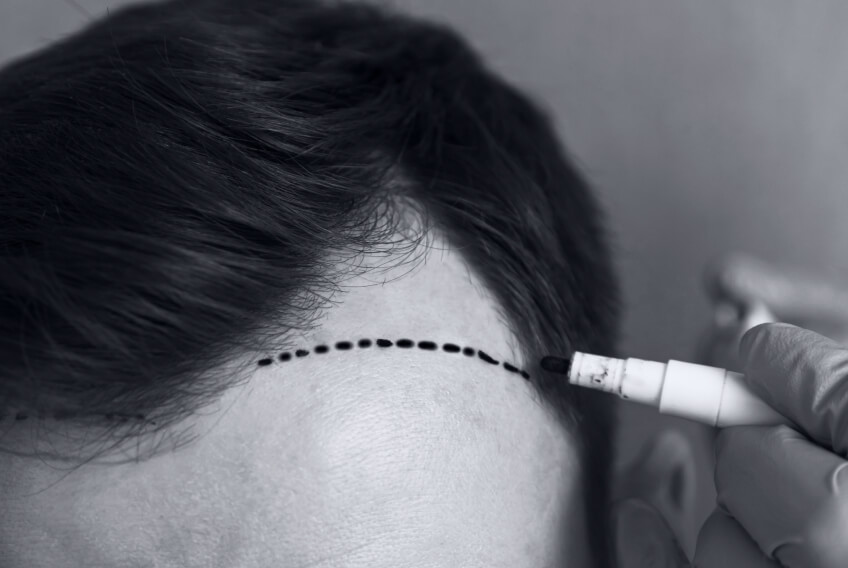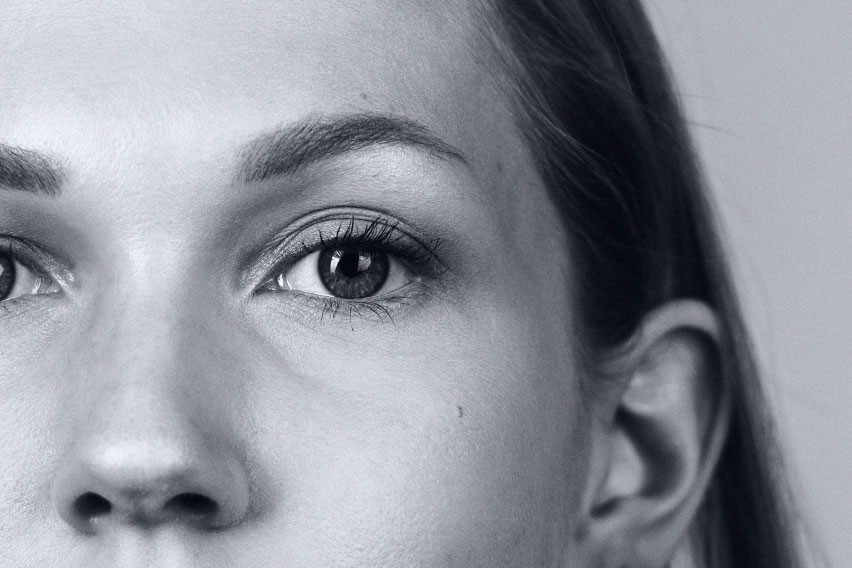
Introductie
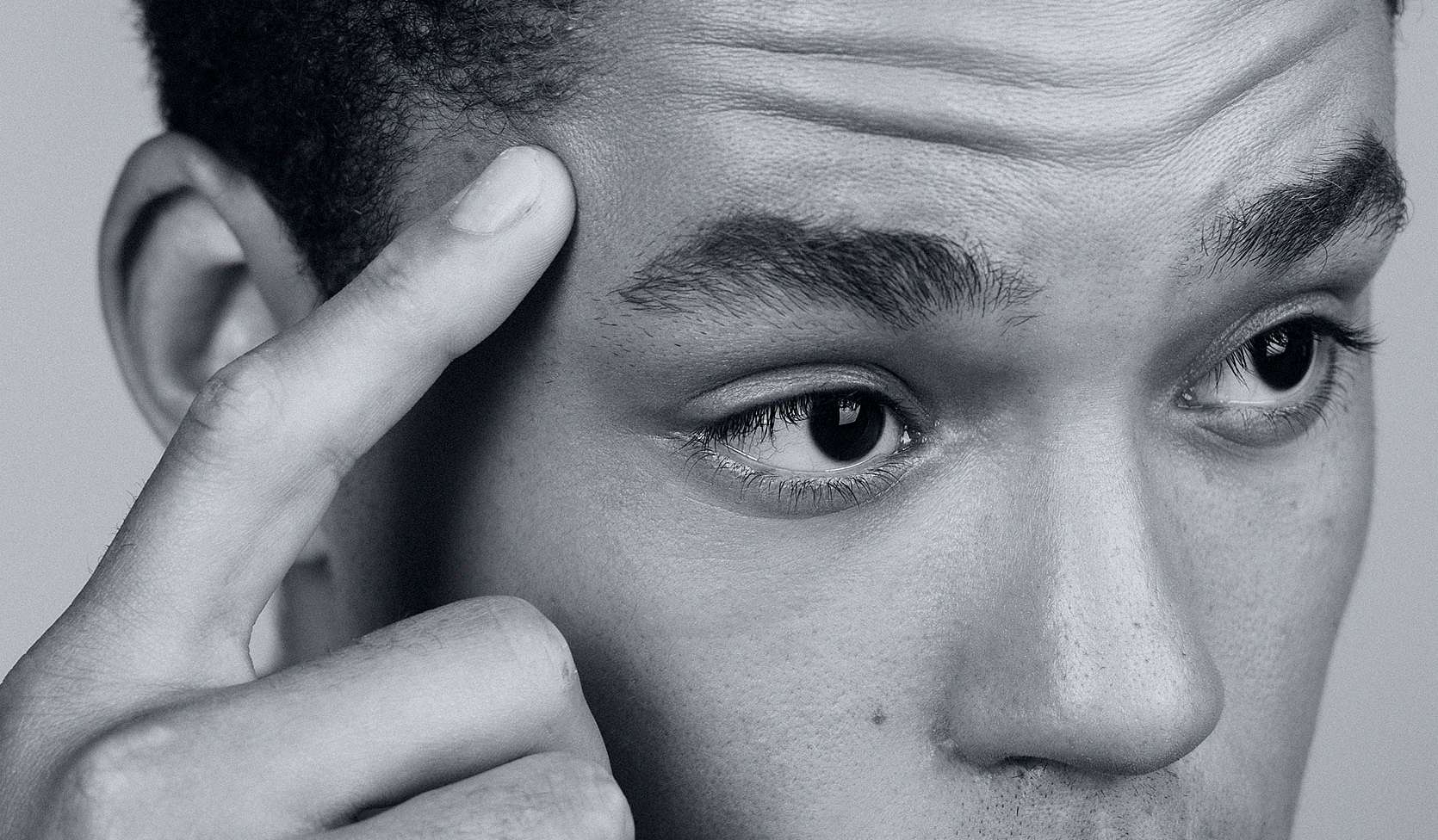

Hair Transplants in Hasselt
Are you looking for an effective and long-lasting solution to hair loss? Would you like a fuller, natural-looking head of hair without visible scarring? At our specialized hair transplant clinic in Hasselt, you're in the right place. We offer advanced treatments tailored to your personal needs. With transparency and expertise, we guide you step by step so you know exactly what to expect.
Why choose a hair transplant with us?
Top-quality care in a private clinic in Hasselt
Consultations also available in Genk and London
Specialized techniques: Direct Hair Implantation (DHI) and Follicular Unit Extraction (FUE)
Personalized treatment plan tailored to your needs
Natural-looking results without visible scars
Professional aftercare with support up to 12 months post-procedure
Procedures
1. Follicular Unit Extraction (FUE) – Natural and Scar-Free
The FUE method is a modern, minimally invasive technique in which individual hair follicles (grafts) are carefully harvested and transplanted. This ensures a natural result and leaves virtually no visible scarring.
What does an FUE hair transplant involve?
- Preparation:Your scalp is prepared, including designing the new hairline and shaving the donor area. The treatment areas are locally anesthetized.
- Step 1 – harvesting donor grafts: While lying face down, grafts are removed one by one using an ultra-fine micro punch (approx. 0.3 mm). This process takes about two hours, depending on the number of grafts.
- Step 2 – creating incisions: You lie on your back while the recipient area is anesthetized, and small incisions are made in the correct growth direction.
- Step 3 – implanting grafts: The harvested grafts are carefully placed into the incisions.
Aftercare:
Your scalp is treated and dressed, with clear instructions for care during the first days after the procedure.
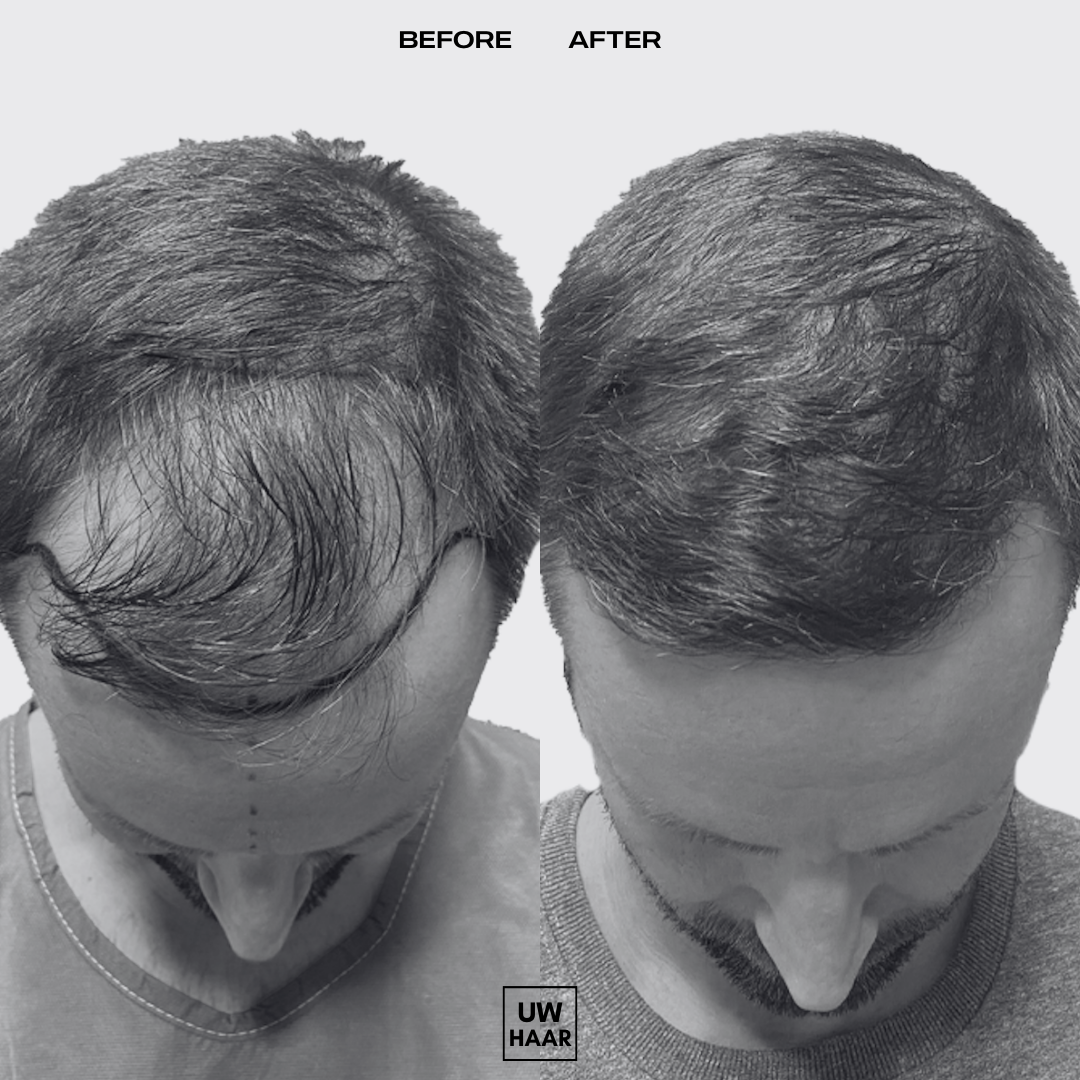
2. Direct Hair Implantation (DHI) – advanced technique without incisions
The DHI method is an innovative hair transplant technique where grafts are implanted directly without creating incision channels beforehand. This minimizes the risk of bleeding and scarring and speeds up recovery.
Steps of the DHI method:
- Anesthesia: The scalp is prepared and locally anesthetized.
- Harvesting grafts: Using the specialized Choi pen, hair follicles are carefully extracted.
- Direct implantation: The Choi pen is also used to directly implant the grafts into the skin without cutting.
Aftercare:
Your scalp is treated and dressed, with clear instructions for care during the first days after the procedure.
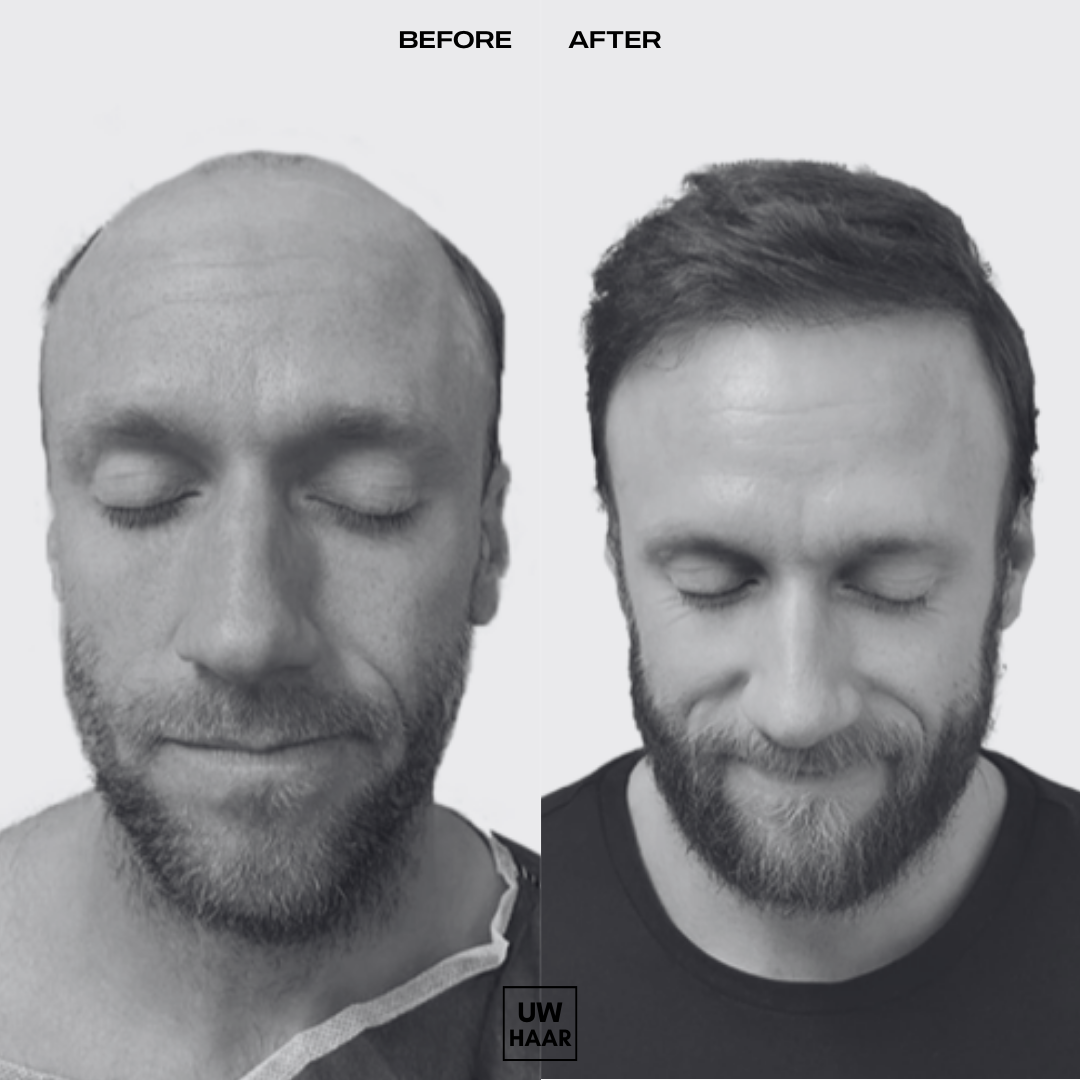
3. Follicular Unit Transplantation (FUT) – discontinued technique
The FUT technique, which involves removing a strip of skin from the donor area, is no longer used by us. This method leaves a large, visible scar and is considered outdated by most hair transplant experts.
What are grafts?
Grafts are small units of hair follicles that are harvested and transplanted during a hair transplant. Depending on the treatment area and desired density, different types of grafts are used to achieve the most natural result.
Single Grafts (1-hair grafts):
These grafts contain one individual follicle. They are mainly used to create a refined hairline and restore delicate edges. Thanks to their precise placement, single grafts create a natural transition that is indistinguishable from real hair.
Double Grafts (2-hair grafts):
Double grafts contain two follicles and are used to fill areas with moderate thinning. They help build a balanced hair structure that provides both volume and a natural look.
Triple Grafts (3-hair grafts):
These consist of three follicles and are ideal for treating larger bald areas, such as the crown. Triple grafts add extra density and help achieve a fuller head of hair in areas with significant hair loss.
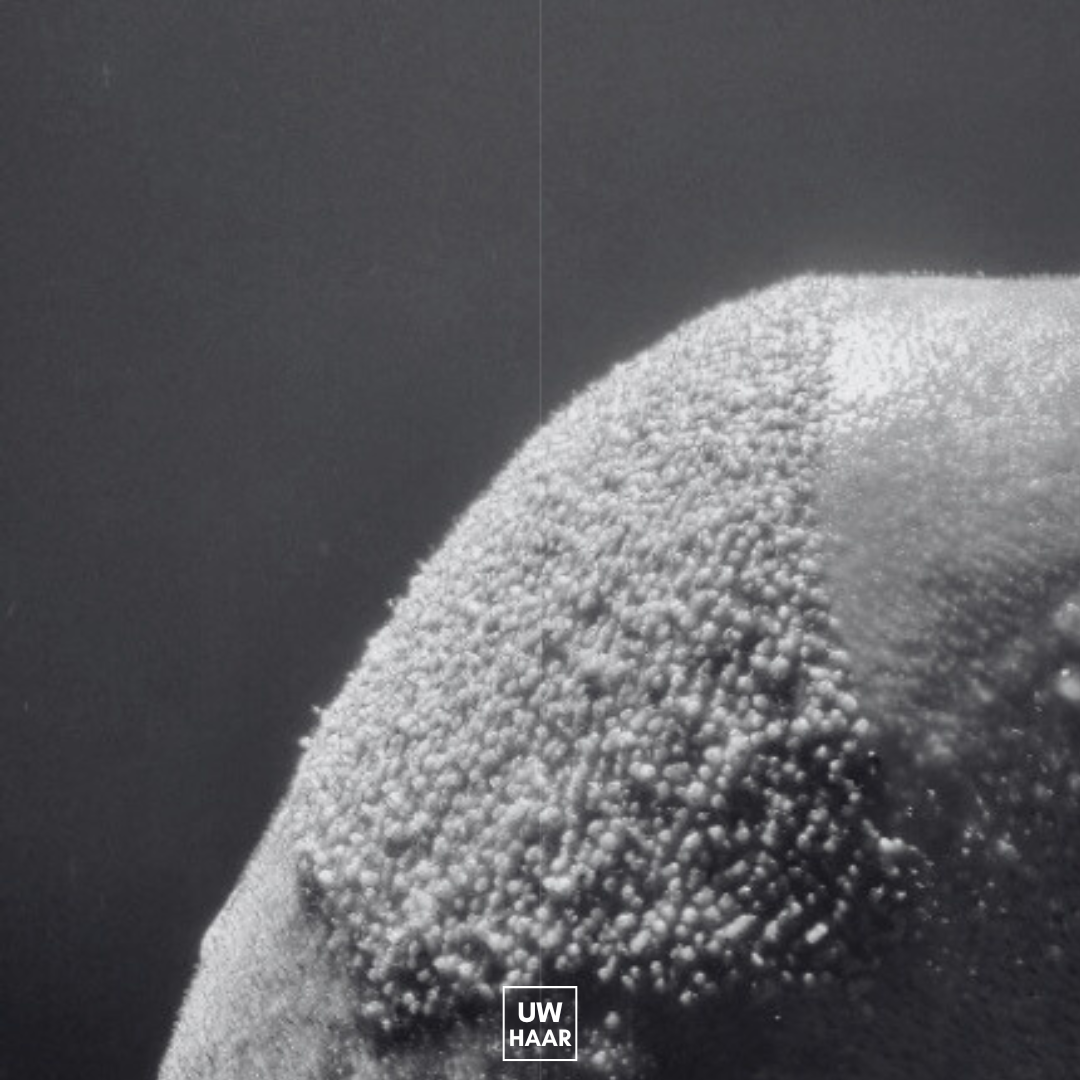
What exactly is a hair transplant?
A hair transplant is a specialized surgical procedure in which healthy hair follicles from the donor area (usually the back of the head) are moved to areas affected by hair loss. This procedure is especially effective for hereditary hair loss (androgenetic alopecia) and provides permanent results.
Possible Side Effects of a Hair Transplant
Although our techniques are highly safe, some side effects may occur:
Small, virtually invisible scars in the donor area (especially with FUE)
Temporary redness, swelling, and itching of the scalp
Mild pain or discomfort around the transplant sites
Possible infections or inflammation of the follicles (folliculitis)
Temporary numbness in the treated areas
Small risk of minor bleeding
These side effects are usually mild and temporary. Our specialists provide optimal aftercare and support throughout the recovery process.
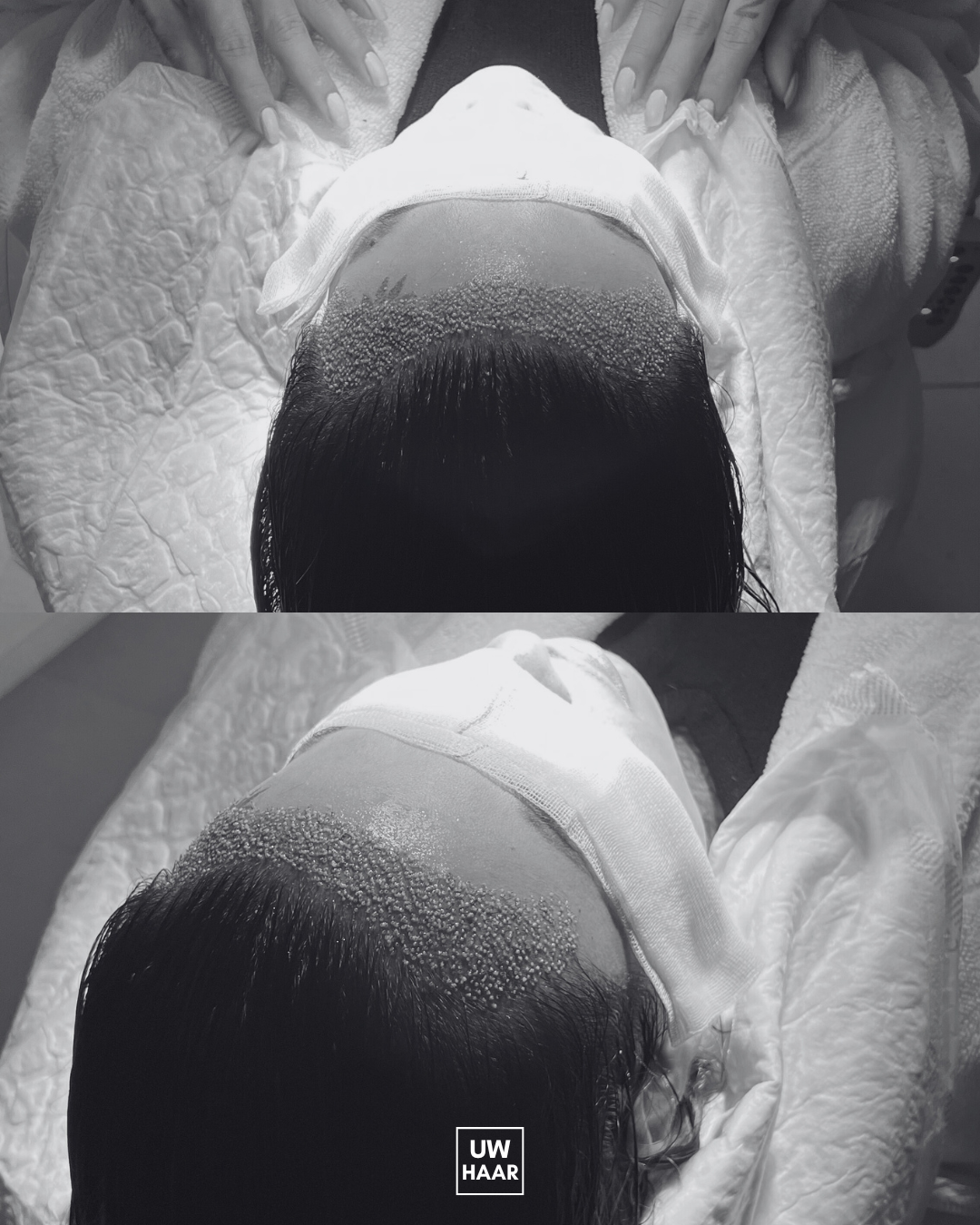
Contact form
Discover our
combined
treatments
Did you know you can combine your Facial Feminization Surgery with a breast augmentation? Contact us for more information!
I underwent Facial Feminization Surgery (FFS) performed by Dr. Beckers from Face2Face Clinic. It is undoubtedly one of the best decisions I have ever made.
Lucie TeckFacial Feminization Surgery


